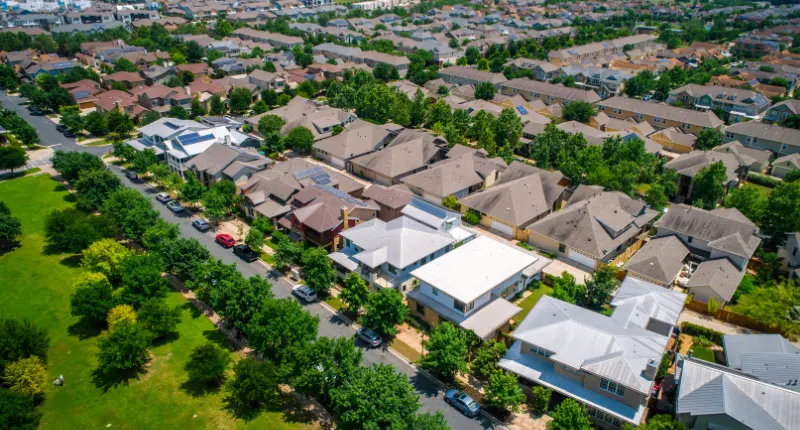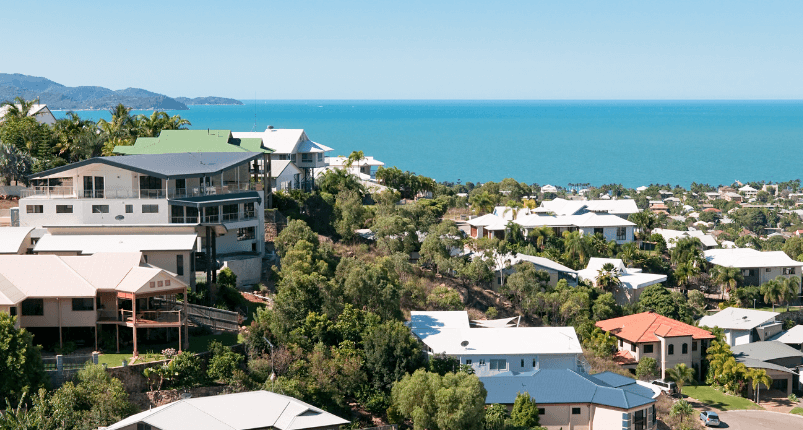- Over 250 housing markets fell from the million-dollar club
- Perth bucked the trend, holding its million-dollar status
- Burns Beach was the lone newcomer to the Million Dollar club
The property market slowdown has shunted more than 250 homes out of the million-dollar club, according to CoreLogic’s Million Dollar Market report.
A mere 988 out of the 4436 house and unit markets held a median value of $1 million or more this May, down from 1243 during the same period last year.
Sydney led the decline, with 78 house and unit markets sinking beneath the million-dollar mark.
Coming in second was regional NSW, observing 47 markets dipping below the seven-figure level.
CoreLogic Economist Kaytlin Ezzy said while declines across Sydney’s more expensive markets were some of the largest across the country, many of these markets had a relatively high starting point allowing them to retain the seven-figure price tags.
“The trend among the suburbs where values have fallen below $1 million is in the more affordable locations on Sydney’s outer mortgage belt and fringe areas,” said Ezzy.
“Despite recording smaller declines, it’s these suburbs where median values have dropped below the million-dollar threshold.”
Nationally, the Home Value Index recorded its sharpest-ever fall, dropping 9.1% between April 2022 and February 2023.
Though values have rebounded slightly by 2.3% over the past quarter, they still remain 6.9% below their peak.
Perth held up
Ezzy said that 237 housing markets and 19 unit markets had their median values fall below $1 million in the past year.
However, Perth withstood the downward trend, with Burns Beach entering the million-dollar club at a median value of $1.033 million.
“Values across Perth were fairly resilient through the recent downswing due to its relative affordability, low listings levels, and tight labour market, which helped push values to a new high in May.”
Kaytlin Ezzy, CoreLogic Economist
“With a prime beach-front location, marine park and popularity among families, house values in Burns Beach rose 4.1% over the year, to become Australia’s newest million-dollar market.”
Brisbane and regional Queensland also witnessed a drop in million-dollar markets, with 41 and 23 markets falling below the million-dollar benchmark.
Regional hotspots decline
Regional New South Wales markets saw a similar drop.
“These regions benefited greatly through the COVID upswing, with flexible working arrangements, lifestyle benefits, and relative affordability, all of which made them attractive options for buyers.”
“However, the COVID surge in values also made these markets more sensitive to the rising cost of debt, with many recently minted million-dollar suburbs falling below the seven-figure mark.”
In Melbourne and regional Victoria, 30 and 11 markets, fell from the million-dollar club, including Portarlington on the Bellarine Peninsula.
“Despite the decline in the number of million-dollar markets across Australia, the portion of properties selling for $1 million or more has actually held fairly steady over the year to March at almost one in four properties, suggesting high-end buyers are still active in the market.”
Ezzy said there’s no doubt the RBA cash rate hikes have slowed price growth.
“Historically, increases in the cash rate have put downward pressure on market values and many economists and banks have lifted their forecast for where rates might peak following June’s increase.”
“It’s likely this will delay the return of some house and unit markets to the million-dollar club.”
Greater Capital City Million Dollar markets
| Houses | Units | |||||||
| Region | Suburbs Analysed | Current median above $1m | Rose above $im | Fell below $1m | Suburbs Analysed | Current median above $1m | Rose above $1m | Fell below $1m |
| Sydney | 530 | 340 | 62 | 285 | 81 | 16 | ||
| Melbourne | 358 | 170 | 30 | 232 | 9 | |||
| Brisbane | 315 | 74 | 41 | 150 | ||||
| Adelaide | 281 | 64 | 4 | 74 | ||||
| Perth | 290 | 53 | 1 | 1 | 94 | |||
| Hobart | 43 | 2 | 6 | 10 | ||||
| Darwin | 33 | 15 | ||||||
| Canberra | 86 | 39 | 15 | 44 | ||||
| Regional NSW | 451 | 78 | 46 | 103 | 3 | 1 | ||
| Regional Vic. | 196 | 14 | 11 | 42 | ||||
| Regional Qld | 413 | 55 | 21 | 135 | 4 | 2 | ||
| Regional SA | 66 | 1 | ||||||
| Regional WA | 113 | 2 | 6 | |||||
| Regional Tas. | 57 | 4 | ||||||
| Regional NT | 8 | 1 | ||||||
| Combined capital | 1,936 | 742 | 1 | 159 | 904 | 90 | 16 | |
| Combined regional | 1,304 | 149 | 78 | 292 | 7 | 3 | ||
| National | 3,240 | 891 | 1 | 237 | 1,196 | 97 | 19 |
Source: CoreLogic.
Million dollar profits
While some housing markets have left the Million Dollar Club, property price growth over the past five years has nonetheless seen many homeowners enjoy the benefits of phenomenal price rises.
According to PropTrack, several suburbs have witnessed spectacular leaps in their median house prices.
This includes:
- Bright in Victoria, which has seen a 152% increase, raising the median house price to $1,285,000.
- Jindabyne in New South Wales experienced a 148% surge, pushing the median house price to $1,550,000.
- Venus Bay also joined this upward trend, with a 133% increase that takes its median house price to $687,000.
Units in certain areas have also seen their values gain by as much as $700,000 over the past five years, notably:
- Noosaville in Queensland saw a 108% increase in its median unit price, to $935,000.
- Jindabyne had a 105% increase in median unit price, reaching $718,000.
- Sunshine Beach, also in Queensland, saw a 102% increase, pushing the median unit price up to $1,425,000.









